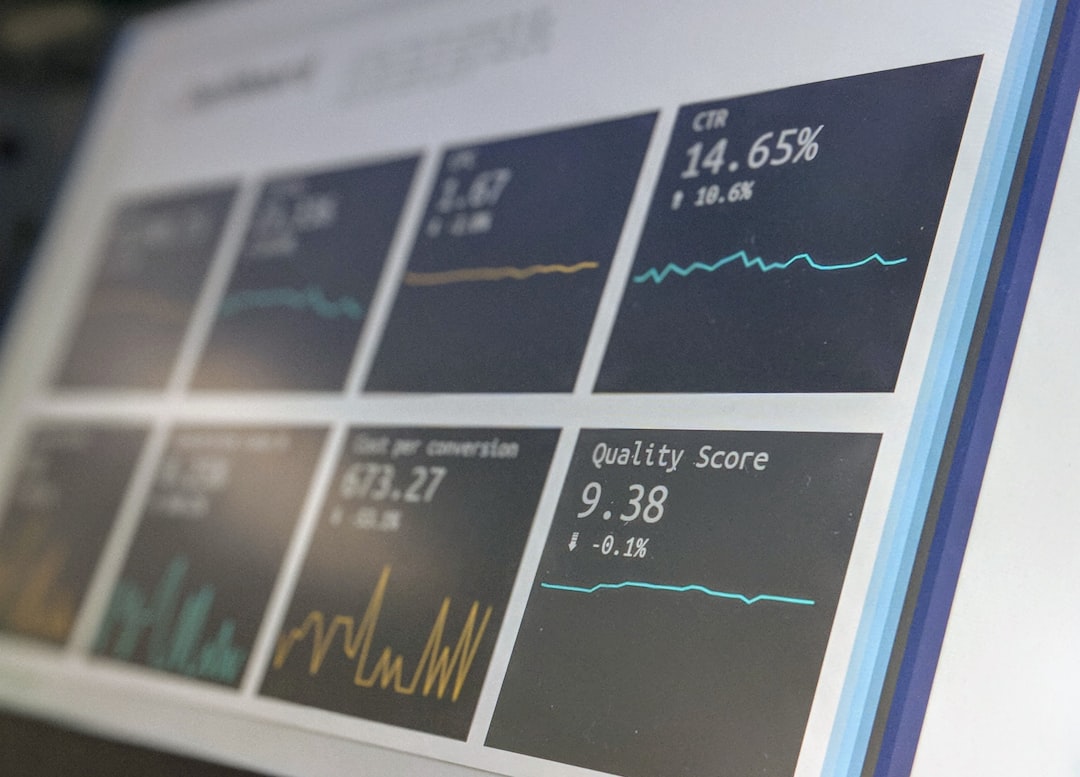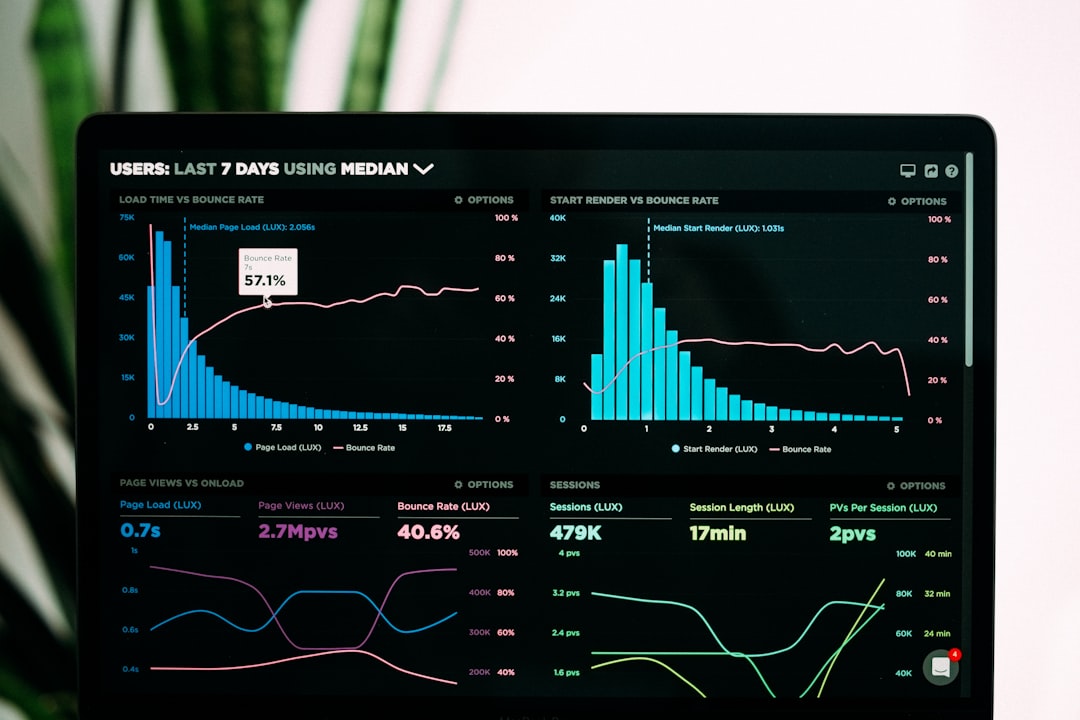
Guides to Using Statistical Software for Economists: A Comprehensive Overview.
# Introduction. In today's data-driven world, economists heavily rely on statistical software to analyze information, draw insights, and make informed decisions. Statistical software streamlines the process of handling complex datasets and conducting rigorous analyses. This guide provides an in-depth look at the various statistical software options available to economists, their features, and tips for effective use. # Understanding the Importance of Statistical Software in Economics. Statistical software is crucial for economists at every stage of their research or analysis. Whether you're an academic, a government official, or a business analyst, proficient use of statistical tools enhances the quality and validity of your conclusions. Traditional methods of analysis are often inefficient and impractical, particularly when dealing with large datasets. Statistical software helps automate calculations, create visualizations, and conduct multi-variable analyses, which would be exceedingly challenging manually. The growing complexity of the global economy and the emphasis on evidence-based policy formulation amplifies the need for robust statistical analysis. Thus, familiarity with various statistical tools becomes an essential skill for modern-day economists. # Common Statistical Software Used by Economists. Several prominent statistical software packages cater to the diverse needs of economists: 1. **Stata**: Known for its powerful data management capabilities and broad availability of regressions and econometrics tools, Stata is favored in academic and professional settings. Its intuitive interface makes it relatively easy for newcomers to learn and use effectively. 2. **R**: An open-source programming language, R is widely used among statisticians and economists for statistical modeling and graphics. Its rich ecosystem includes packages tailored for specific statistical analyses, making it highly versatile. 3. **SAS**: As a commercial software, SAS is known for its advanced analytics, business intelligence, and data management capabilities. It has a steep learning curve but offers powerful features suited for complex data analysis. 4. **Python**: Increasingly popular among economists, Python's statistical libraries such as NumPy, SciPy, and Pandas facilitate powerful data manipulation and analysis capabilities. Its flexibility makes it equally useful for econometrics, data visualization, and web scraping. 5. **SPSS**: Originally developed for social science research, SPSS offers a user-friendly interface and is often preferred for its easy statistical analysis tools. It is particularly suitable for basic statistics and survey research. # Key Features to Look for in Statistical Software. When selecting a statistical software tool, economists should consider the following features: - **User Interface**: An intuitive and user-friendly interface can save significant time and reduce errors, especially for beginners. - **Data Management Capabilities**: The ability to handle different data formats, effectively manage large datasets, and perform data cleaning is crucial. - **Statistical Procedures**: A comprehensive range of built-in statistical functions and tests ensures that all analysis requirements can be met. - **Visualization Options**: Effective data visualization tools are essential for presenting findings in a clear and compelling manner. - **Community Support**: Strong community forums, documentation, and resources are vital for troubleshooting problems and enhancing learning. # Getting Started with Statistical Software: Tips and Best Practices. Here are some practical tips for economists to make the most out of their chosen statistical software: 1. **Start with Tutorials**: Many software packages offer introductory tutorials, which can help users get accustomed to the interface and capabilities quickly. 2. **Utilize Online Resources**: Websites, webinars, and online courses provide valuable insights and tips on best practices and advanced techniques. 3. **Engage with User Communities**: Online forums and communities related to specific software can be excellent resources for advice, troubleshooting, and sharing experiences. 4. **Practice Real-World Applications**: Apply learned concepts by working on actual datasets relevant to your field. This will solidify understanding and foster confidence in using the software. 5. **Stay Updated**: Continually explore new updates or plugins that enhance functionality within the statistical software. Many platforms frequently release updated features, enhancing analysis capabilities. # Conclusion. To sum up, mastering statistical software is a must for economists who want to succeed in today's data-centric landscape. Understanding the different options available, recognizing key features, and adopting best practices will enable economists to uncover meaningful insights and contribute effectively to their fields. As technology continues to evolve, staying abreast of changes in statistical software can provide a significant advantage in analyzing economic data and formulating impactful conclusions. .






